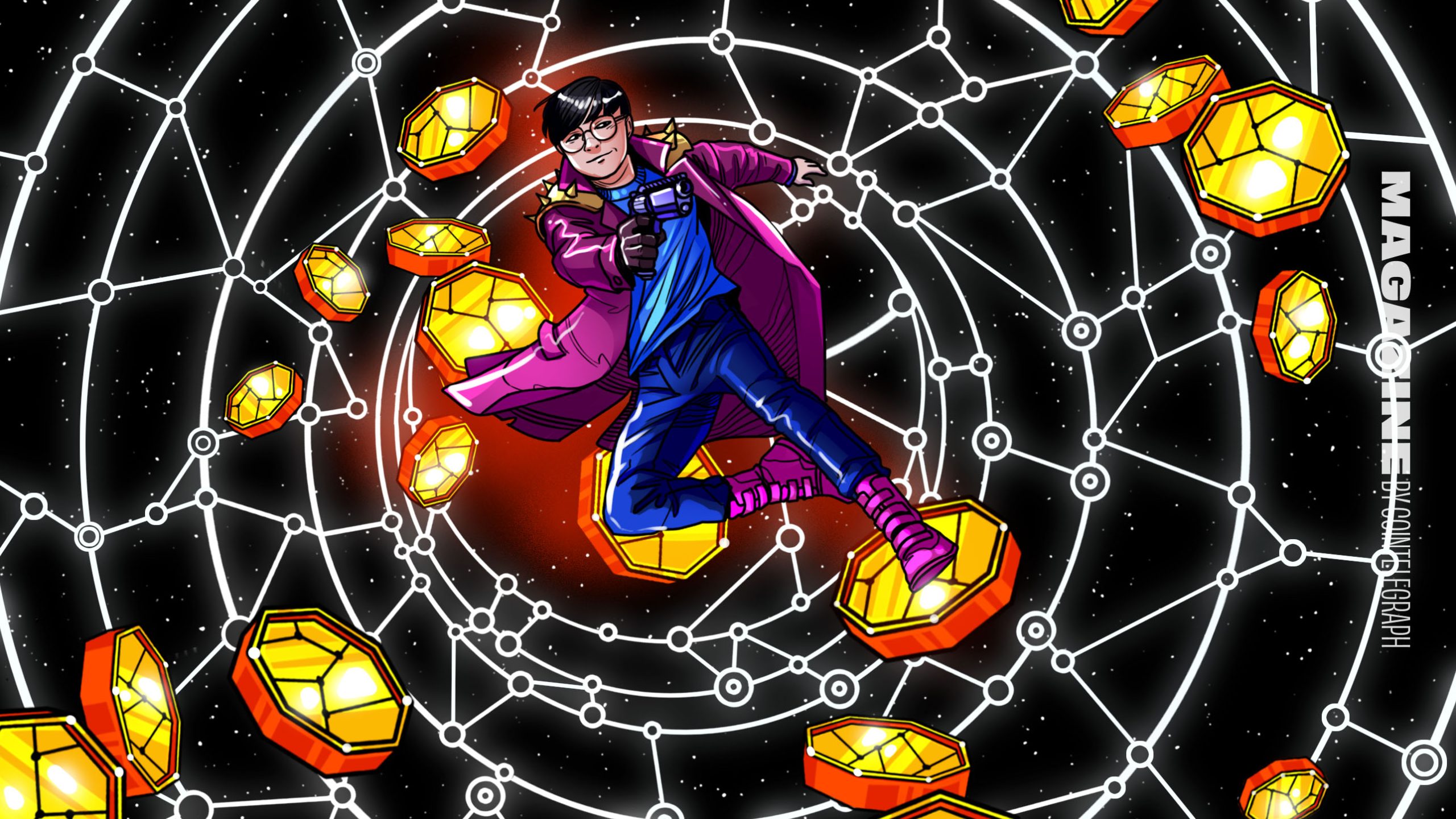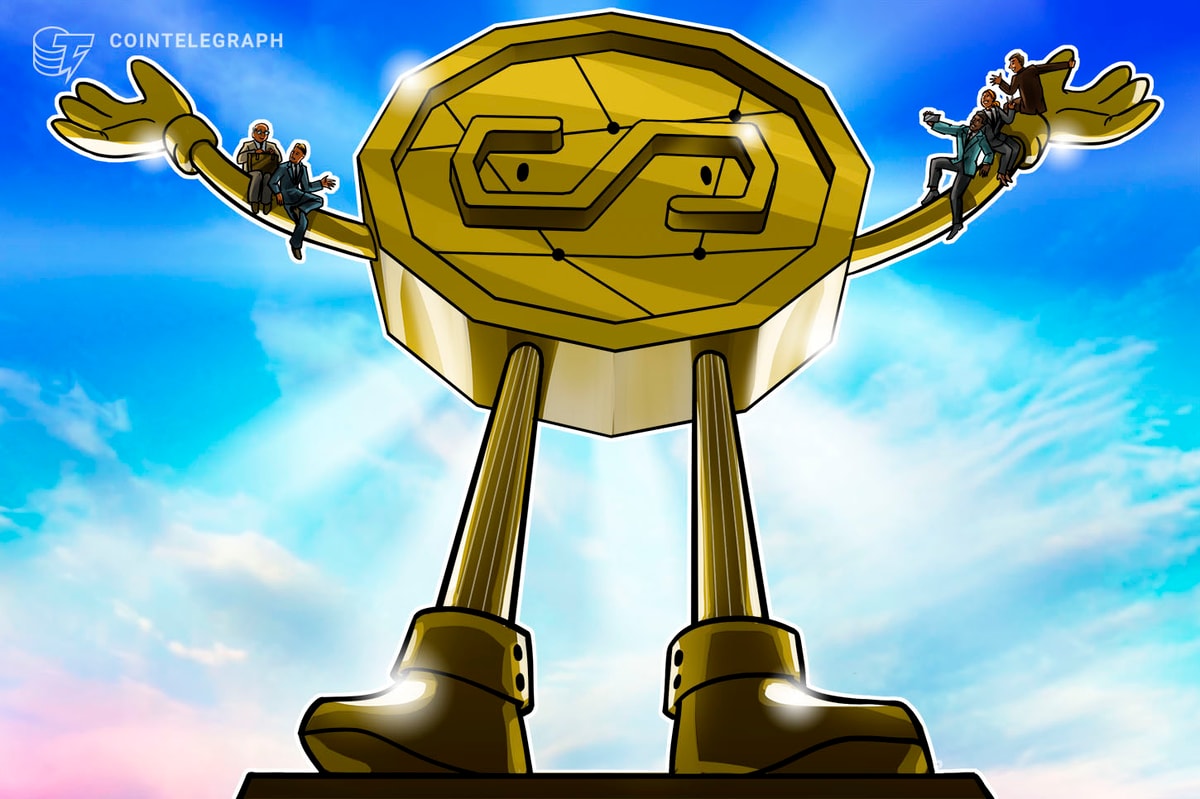Bear markets are for building Bitcoin (BTC) companies. At least, that’s what the Legends of Lightning, a nine-week contest for competing Bitcoin businesses, would indicate.
The tournament-come-hackathon ran more than 65 events worldwide as 73 projects battled it out to win 3 BTC ($50,000) shared among contestants. The competition crowned Bitcoin startups Lightsats, Mutiny Wallet and AgriMint as winners of the separate competition tracks, Global Adoption and Building for Africa.
Organized by Bitcoin startup Bolt Fun, the competition brought together 260 makers (builders, developers, startuppers and hackers) worldwide. Speaking to Cointelegraph via Google Meet, Johns Beharry, co-founder of Bolt Fun and founder and CEO of Peak Shift, explained that the hackathon is the largest yet in the Bitcoin economy: “There is nothing remotely close to this,” he said.
The idea behind the competition was to “Onboard new makers into the ecosystem, innovate on bitcoin and lightning, and help new or existing projects incubate their ideas and turn dreams into a reality.”

In addition, the competition showcases the Bitcoin development space as an arena for developing, tinkering and experimenting in ways that would wow Web3 builders. Edward Pratt, cofounder of Bolt Fun and a Senior Product Designer highlighted that team at Bolt Fun are laser-eye focused on pushing Bitcoin adoption through building companies and expanding the Bitcoin community into other domains:
“The essence of it is that other developer ecosystems are massive. We want to do our part to push bitcoin to compete for mindshare and attention on the application layer.”
As shown in the graph below, Bitcoin has fewer developers than Ethereum and Polkadot. While Bitcoin is by far the largest and most recognized cryptocurrency, data would suggest that Bitcoin is not the space that developers and builders flock to.

Pratt and Beharry conclude that Web3 ecosystems such as Ethereum (ETH), Solana (SOL), Polkadot, and Cosmos are drawing interest and talent away from the Bitcoin-building space, despite the fact that Bitcoin offers the only decentralized infrastructure worth building on. The Legends of Lightning competition is an attempt to remedy the situation and highlight the wealth and depth of opportunities to build on Bitcoin.
Solana Hackathons offer massive prize money, and this summer, over 350 projects pitched to win a $5 million treasure chest. First prize at The Legends of Lightning, by comparison, gifted 3 BTC ($50,000) to one of the 73 competing projects, one-hundredth of the total prize money.
Pratt continued, “It goes to show the difference between the Bitcoin ecosystem and other ecosystems such as Solana.” Ultimately, the Bitcoin space competes for builders and developers that take part in Web3 playgrounds such as Solana and Ethereum.
“There’s definitely a lot of activity [in Bitcoin] but we’re not seeing as much inventiveness in Bitcoin just yet.”
Curiously, the winner of the competition, Lightsats built their project based on an idea shared in a Tweet from Bitcoin entrepreneur Brad Mills. The tweet set off a lightning-fast chain reaction of Bitcoin creation. Within a matter of weeks, Lightsats built their “Precoiner onramp project,” submitted it to the team at Bolt Fun, and won the Global Adoption competition.
We won!I’m going to frame this! Where it all started! pic.twitter.com/wLC6Yd8ica
— Lightsats (@Lightsats21) December 7, 2022
One of the ways of drawing more people to participate and build on Bitcoin is by reaching out to developers working in other ecosystems, Pratt explained. “We want to target people on the fringe of crypto and Web3,” it’s a question of “How do we get the narratives to talk to those people,” Pratt pondered.
Related: Bitcoin advocate dishes out sats over Lightning Network to raise BTC awareness
Beharry joked that it could happen naturally; “Your web3 platform is offline, Bitcoin fixes this,” referring to the numerous occasions the Solana blockchain simply stopped working.
The Legends of Lightning team hopes to repeat the event annually with heftier prizes, more entrants, and more creativity. The goal is to reach 1,000 entrants next year —a considerable leap from its current standpoint.
Read More: cointelegraph.com









 Bitcoin
Bitcoin  Ethereum
Ethereum  Tether
Tether  XRP
XRP  Solana
Solana  USDC
USDC  Dogecoin
Dogecoin  Cardano
Cardano  TRON
TRON  Lido Staked Ether
Lido Staked Ether  Wrapped Bitcoin
Wrapped Bitcoin  Sui
Sui  Chainlink
Chainlink  Wrapped stETH
Wrapped stETH  Avalanche
Avalanche  Stellar
Stellar  Shiba Inu
Shiba Inu  Hedera
Hedera  Hyperliquid
Hyperliquid  LEO Token
LEO Token  Toncoin
Toncoin  Bitcoin Cash
Bitcoin Cash  Litecoin
Litecoin  Polkadot
Polkadot  USDS
USDS  WETH
WETH  Pi Network
Pi Network  Monero
Monero  Wrapped eETH
Wrapped eETH  Pepe
Pepe  Bitget Token
Bitget Token  Binance Bridged USDT (BNB Smart Chain)
Binance Bridged USDT (BNB Smart Chain)  Ethena USDe
Ethena USDe  Coinbase Wrapped BTC
Coinbase Wrapped BTC  WhiteBIT Coin
WhiteBIT Coin  Bittensor
Bittensor  Uniswap
Uniswap  NEAR Protocol
NEAR Protocol  Dai
Dai  Aptos
Aptos  Aave
Aave  OKB
OKB  Ondo
Ondo  Jito Staked SOL
Jito Staked SOL  Ethereum Classic
Ethereum Classic  Internet Computer
Internet Computer  Cronos
Cronos  BlackRock USD Institutional Digital Liquidity Fund
BlackRock USD Institutional Digital Liquidity Fund